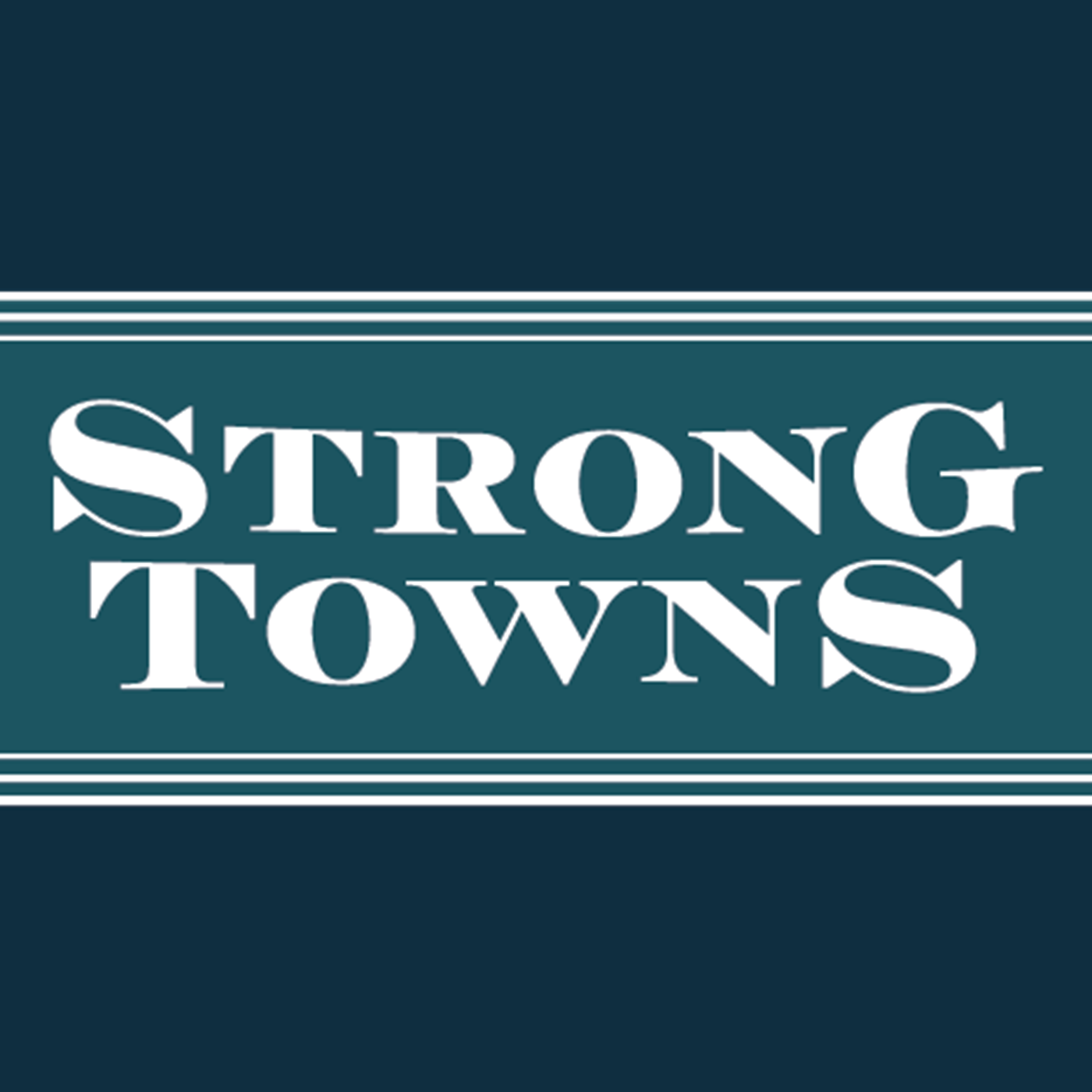- Government
- SEE MORE
- classical
- general
- talk
- News
- Family
- Bürgerfunk
- pop
- Islam
- soul
- jazz
- Comedy
- humor
- wissenschaft
- opera
- baroque
- gesellschaft
- theater
- Local
- alternative
- electro
- rock
- rap
- lifestyle
- Music
- como
- RNE
- ballads
- greek
- Buddhism
- deportes
- christian
- Technology
- piano
- djs
- Dance
- dutch
- flamenco
- social
- hope
- christian rock
- academia
- afrique
- Business
- musique
- ελληνική-μουσική
- religion
- World radio
- Zarzuela
- travel
- World
- NFL
- media
- Art
- public
- Sports
- Gospel
- st.
- baptist
- Leisure
- Kids & Family
- musical
- club
- Culture
- Health & Fitness
- True Crime
- Fiction
- children
- Society & Culture
- TV & Film
- gold
- kunst
- música
- gay
- Natural
- a
- francais
- bach
- economics
- kultur
- evangelical
- tech
- Opinion
- gaming
- College
- technik
- History
- Jesus
- Health
- movies
- radio
- services
- Church
- podcast
- Education
- international
- Transportation
- Other
- kids
- podcasts
- philadelphia
- Noticias
- love
- sport
- Salud
- film
- and
- 4chan
- Disco
- Stories
- fashion
- Arts
- interviews
- hardstyle
- entertainment
- humour
- medieval
- literature
- alma
- Cultura
- video
- TV
- Science
- en
What Does it Take to Bring a City Back from the Brink?

b'What does it really take to bring a depopulating city back from the brink? Scott Ford has some ideas.\\nIn early 2011, still near the bottom of the Great Recession, Newsweek published a listicle of America\\u2019s Top 10 \\u201cDying Cities.\\u201d Near the top of the list was South Bend, Indiana\\u2014famous as the home of the University of Notre Dame, but also an infamously troubled place.\\nWhen the Studebaker car company closed in 1963, the northern Indiana city\\u2019s economy fell off a cliff. 40% of the entire city\\u2019s payroll disappeared overnight, and the next few decades were a story of what Scott Ford calls \\u201cpost-traumatic decline.\\u201d South Bend lost 30,000 residents, as many of those who stayed put in the region moved to the suburbs.\\nThis past decade, though, Ford\\u2014who was South Bend\\u2019s Director of Community Investment before accepting a position last year as Associate VP of Economic Development with the University of Notre Dame\\u2014has been one of the key players in a remarkable turnaround effort for South Bend. This effort is still very much a work in progress, but is bearing major fruit. Today, South Bend\\u2019s blighted neighborhoods are more stable, vacant homes have been rehabilitated, and its downtown is attracting new businesses, including startups seeded at Notre Dame whose founders, for a change, are opting to stay put.\\nSouth Bend\\u2019s story has received some national press of late thanks to the presidential campaign of its young mayor, Pete Buttigieg. But one person, no matter how talented, doesn\\u2019t steer a firing-on-all-front revitalization effort alone. For the latest episode of the Strong Towns Podcast, Strong Towns president and founder Charles Marohn sat down with Ford to talk about South Bend\\u2019s experience and lessons for other local governments. Among them:\\n\\nBreak down silos. Ford describes how South Bend merged its economic development and community development departments\\u2014in a lot of cities, those tasked with working mainly with businesses and those working with neighborhoods don\\u2019t communicate well or form a united front.\\n\\n\\nRecognize the importance of the public realm. South Bend\\u2019s downtown had been damaged in the post-WWII era by the conversion of streets to one-way couplets, a Cold War planning practice designed to move traffic quickly in the event of an evacuation. (Ford grimly jokes that \\u201cThese have been evacuating cities ever since.\\u201d) To help reverse South Bend\\u2019s stroad mentality and restore two-way downtown streets that would be walkable, pleasant places to be, a team of planners and engineers executed a Complete Streets program that ended up transforming over 15 miles of street.\\n\\n\\nCultivate allies early. The fire department is the bane of many a safe-streets advocate\\u2019s existence, but in South Bend, Ford says, \\u201cWe got the firefighters on board\\u201d early. Time trials with ambulances on streets that would be converted to 2-way demonstrated the time savings and improved safety. The city also saved its fire department $3 million by reallocating vehicles after a study found that 96% of calls handled by a fire truck could have been handled by an SUV.\\n\\n\\nGet results early to demonstrate what\\u2019s possible. Redevelopment in a blighted, depopulated city faces a Catch-22: lenders are hesitant to finance construction without a successful, comparable project nearby to point to\\u2014but no such project exists if no developer can get financing. To clear this obstacle, the city brought in respected market research firm Zimmerman Volk to demonstrate the demand for downtown housing in South Bend. And outside downtown, Notre Dame itself guaranteed loans for new houses in a neighborhood near campus, at a time when private banks would not. Some of these houses are now worth as much as $700,000.\\n\\n\\nDo the math on every project. Ford stresses the importance of making the case for the fiscal return-on-investment of the city\\u2019s efforts, from addressing vacant homes to redesigning streets. It\\u2019s not about \\u201cleading by tabulation,\\u201d he says, but \\u201cbeing able to ground those'